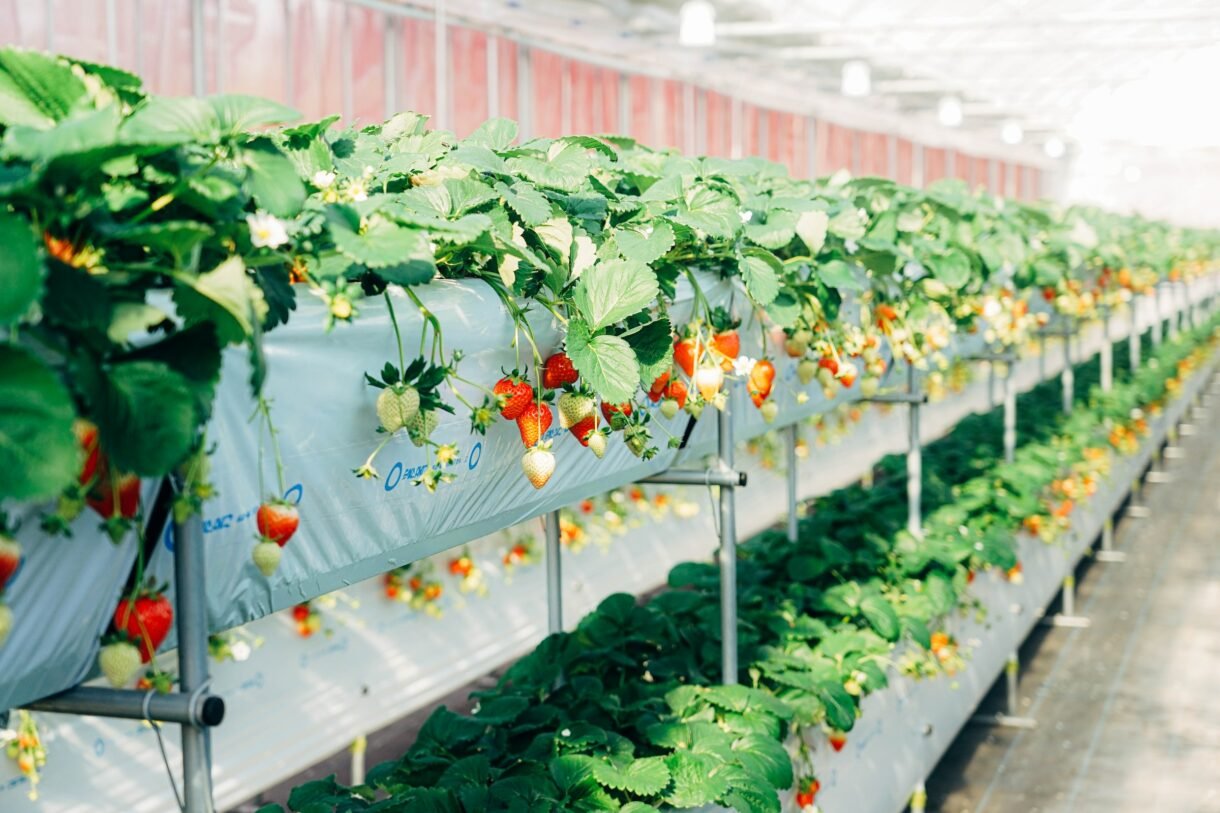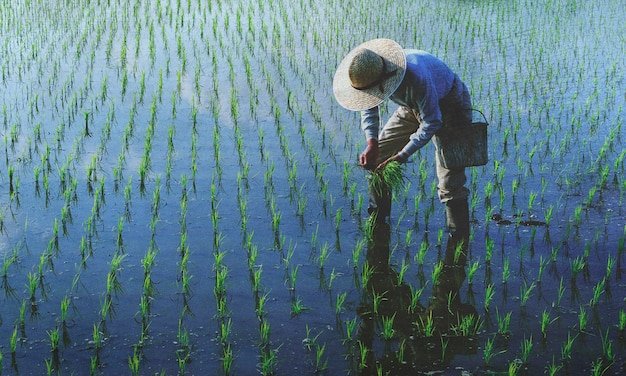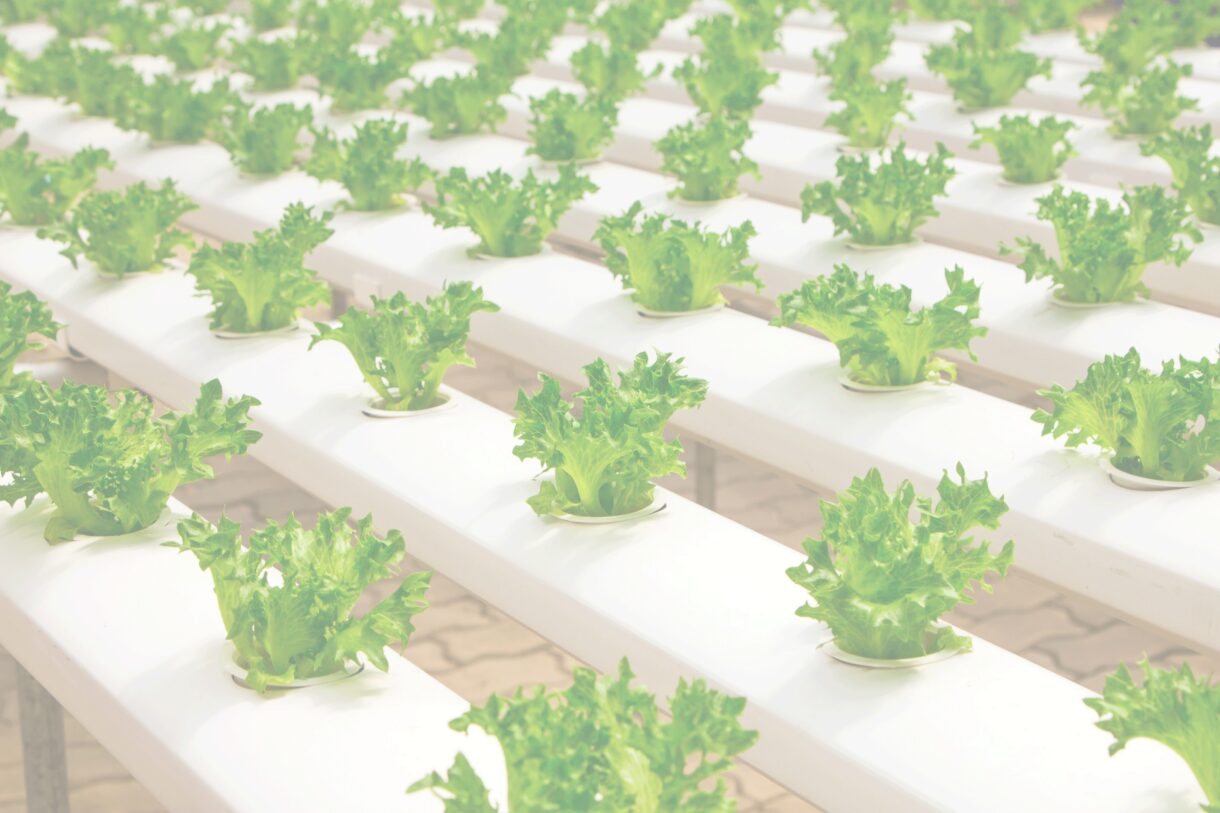Japan’s farming landscape
Japan’s agriculture and fisheries make up for about 5% of its GDP. The output of farming in Japan includes crop and livestock production, with crop farming accounting for about two-third of the sector’s total output. Japan is the world’s 13th largest rice producer and belongs to the top 10 largest fishing nations, with one of the most productive fishing grounds in the world.
Japan’s food culture enjoys a high reputation world-wide and the Japanese love their home-grown, regionally-branded, high-quality products. However, as dietary patterns have come to include meat, dairy products and cereals, Japan is far from being self-sufficient. In fact, Japan is the largest importer of foods and agricultural products in the world, including pork, cheese, and fish(ery products).



